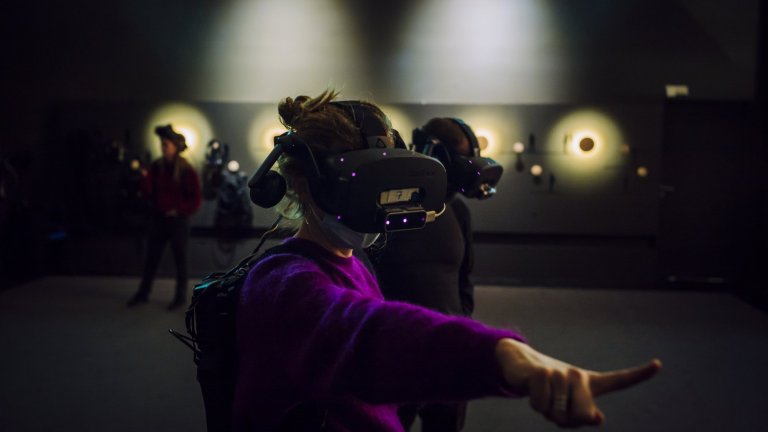
© Cyril Frésillon / Dassault Systèmes / CNRS / Cité de l’Architecture et du Patrimoine / EPRNDP
View the media
© Cyril Frésillon / Dassault Systèmes / CNRS / Cité de l’Architecture et du Patrimoine / EPRNDP
View the media
Our work is guided by the way scientists question the world around them and we translate their research into images to help people to understand the world better and to awaken their curiosity and wonderment.